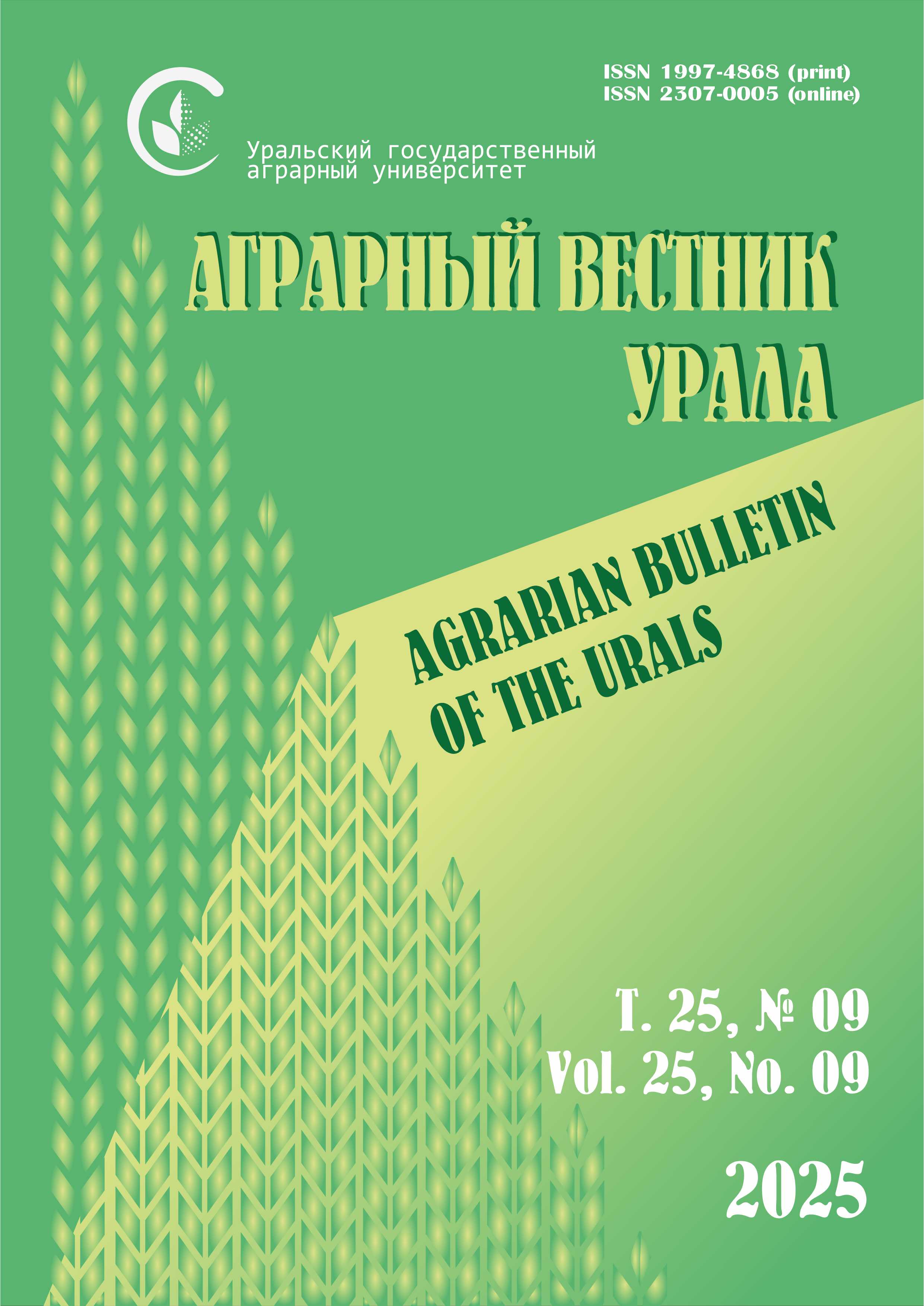Authors:
A. N. Mitin,
O. A. Rushchitskaya,
B. A. Voronin,
T. I. Kruzhkova
Ural State Law University named after V. F. Yakovlev, Ekaterinburg, Russia
Ural State Agrarian University, Ekaterinburg, Russia
E-mail: This email address is being protected from spambots. You need JavaScript enabled to view it.
Abstract. The purpose of the work is to identify the importance of reducing marginal lands that have an internal or peripheral location in the state (district) not used for various reasons through the mechanism of state migration policy and the state program for effective involvement in the turnover of agricultural land. Methods. The methods of system analysis, comparative analysis, structural analysis, systematization, generalization, analogy, comparison of domestic and foreign experience, assessment of the legal framework are used. Results. The conceptual aspects of marginality and processes of marginalization in society, the behavior of a marginal person focused on ending the conflict or giving the conflict a different meaning are analyzed. It is proposed to consider marginal territories located on the remote periphery of the region or in internal isolated places, lagging behind in development relative to the entire region, lands that were previously agricultural lands. It has been substantiated that when considering this problem from the standpoint of the economy, the concentration of the rural population on less favorable or marginal agricultural lands is a barometer of the development of the economy as a whole. The dependence of attracting labor to the agrarian sphere of the economy on depopulation and low birth rate in the country is revealed. The idea of revising the Concept of Demographic Development in Russia which would comprehensively take into account the conceptual aspects of the new migration policy, the targeted development of marginal lands including with a wider involvement of migrants and immigrants in the context of the development of rural areas is proposed. Based on official data it has been confirmed that unused agricultural land in Russia accounts for 11.8 % of the total area of such land. 16.5 % of agricultural land and 16.6 % of arable land are not used. Proposals have been formulated regarding the improvement of domestic legislation to create the necessary conditions for attracting immigrants from Ukraine and other states to agriculture. The results of long-term studies of scientists who noted that migration ties between Ukraine and Russia have always been dense due to geographical and ethno-cultural proximity are confirmed. The argument about the adoption of a special state program for the development of marginal lands with the wide involvement of migrants is supported by data on the current state and the need for further sustainable development of Agriculture in Russia. The scientific novelty lies in the study of the special relevance of involving marginal lands in the turnover with their provision to persons who have expressed a desire to obtain Russian citizenship and then on an ongoing basis to develop the allocated resources in the agrarian sphere of the economy.
Keywords: agrarian sphere of economy, marginalization in society, marginal lands, spatial displacement, migration, migrants, immigrants, state program for the development of marginal lands.
For citation: Mitin A. N., Rushchitskaya O. A., Voronin B. A., Kruzhkova T. I. K voprosu ispol’zovaniya marginal’nykh zemel’ s uchastiem immigrantov [On the use of marginal lands with the participation of immigrants] // Agrarian Bulletin of the Urals. 2022. No. 12 (227). Pp. 73‒85. DOI: 10.32417/1997-4868-2022-227-12- 73-85. (In Russian.)
Download the full text of the article












